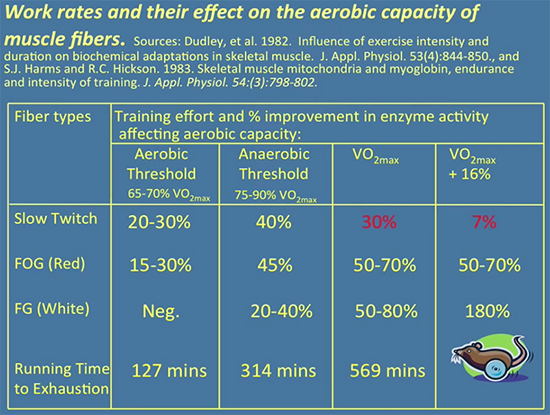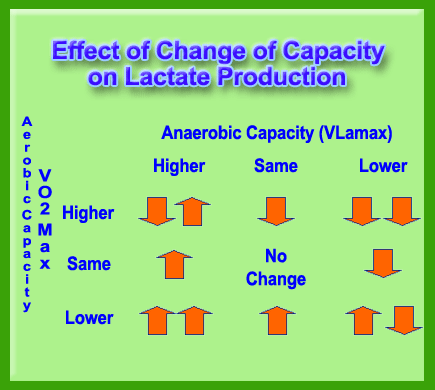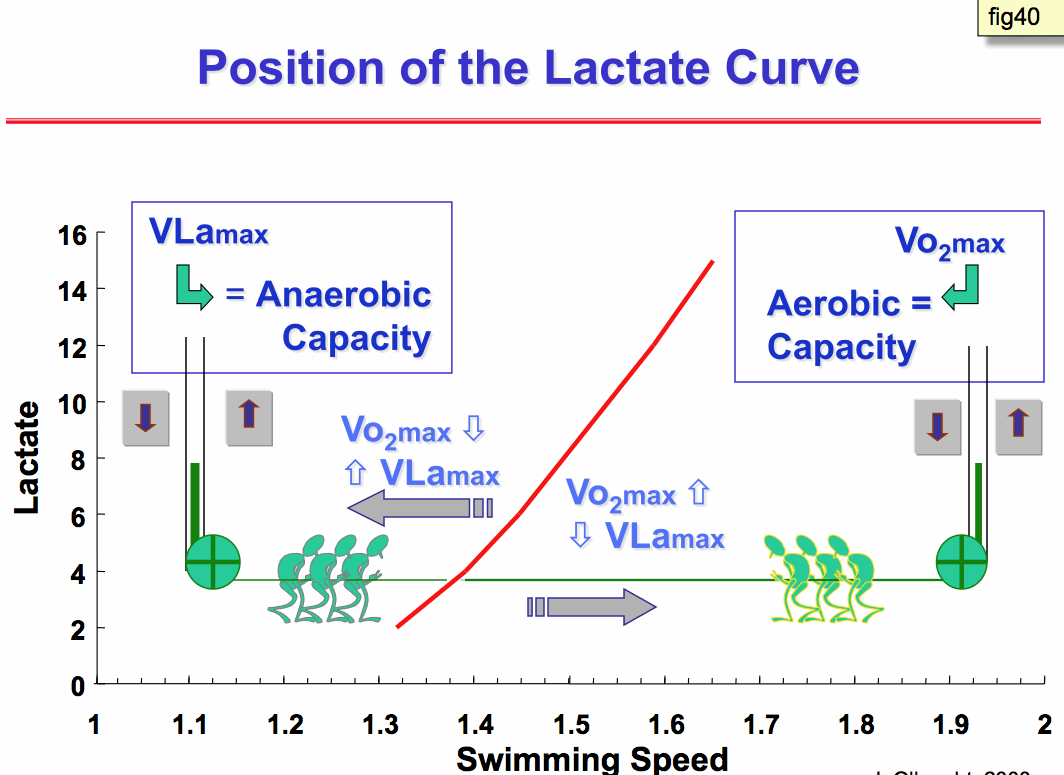xtrpickels wrote:
Trev wrote:
How do you track real improvememt in fitness using power alone without blood lactate testing or heart rate other than by doing maximal tests? How do you know there is a real fitness improvement as opposed to improved motivation or just simply trying harder than in the previous test?
Improvements in fitness are not just improvements in maximal performance - often you want to be able to sustain a given power easier so you have more in reserve for the finish or a major climb or for the run after the bike.
How do you measure improvememt or lack of it without maximal tests without some other reference like blood lactate levels or heart rate?
In rowing it is common to test at sub max power levels and look at blood lactate and or heart rate. This gives real evidence of improvememt in fitness. Maximal tests can still be used so I don't see why additional evidence and information should be ignored or discarded.
I think I'm one of the largest proponents of lab based testing but anyone who says that Lab based testing is a better measure of performance than actual performance is just plain wrong.
I think lab based is a great resource to understand changes, but the fact of the matter is you can either be improved, the same or worse on your lab testing and still faster or slower in the real world.
When someone has increased threshold wattage, I tell them their threshold wattage has improved... I don't tell them they're a faster cyclist.
Do you know wattage at threshold is a better predictor of performance than say VO2max? Because it integrates more components such as economy, effectiveness etc.
Field testing integrates the physiology with the motivation etc. You can't focus on one while losing sight of the other.
For those who are not "performance" athletes but recreational, ask them if they can ride up that hill easier or finish that century. If they say yes, that's all that matters.
Ultimately it's not about fitness, its about performance.
I'm not saying that.
I'm saying we have performance testing, we can all do maximal tests unless ill or injured. I'm not against maximal performance tests.
I'm against discarding sub maximal tests. I'm against ignoring heart rate and I'm against ignoring blood lactate testing and I'm against ignoring lab testing if you have access to it.
I'm against ignoring or disparaging any form of testing.
I'm all for maximal testing and I'm all for specific testing over relevant durations / distances when appropriate.
But I'm also saying that sometimes you want more than maximal tests alone in isolation.
I'm also saying that it is a mistake to ignore data that is available.
Why ignore heart rate or blood lactate data if you have access to it?
I don't ignore power data, I use it. I do maximal tests. I do sub maximal tests.
It's daft to ignore available data.
I note you mention motivation - I'm aware some coaches on this forum don't see it as their concern, but motivation is a part of performance a big part. One of my earlier questions is how do you know if improved performance is due to improved fitness or improved motivation?
I ask these questions again, if you use power in isolation without heart rate and without blood lactate testing, how do you measure improvement without doing maximal tests?
When you do maximal tests without heart rate or blood lactate testing how do you know if the improvement is due to increased fitness or because you just tried harder and were better motivated?


